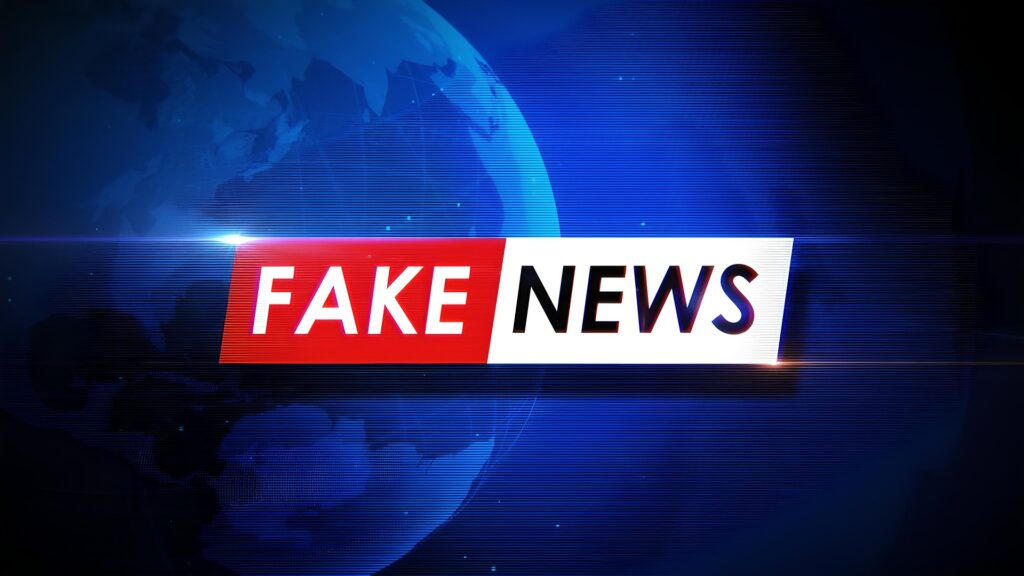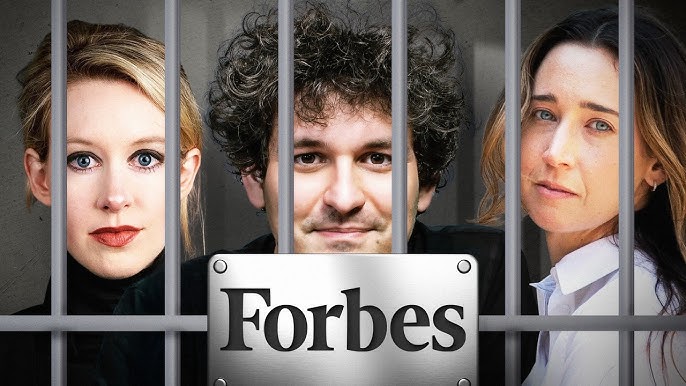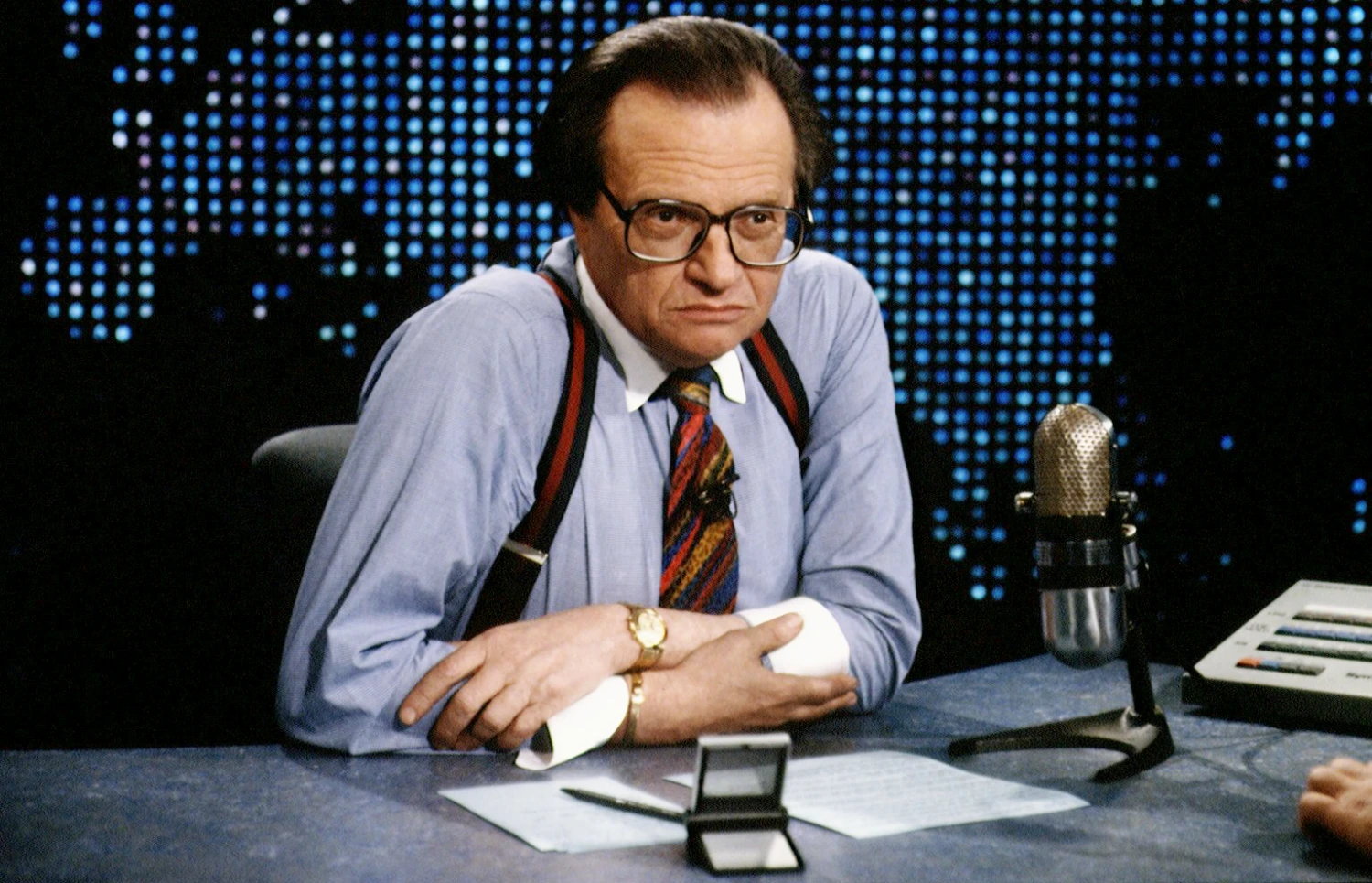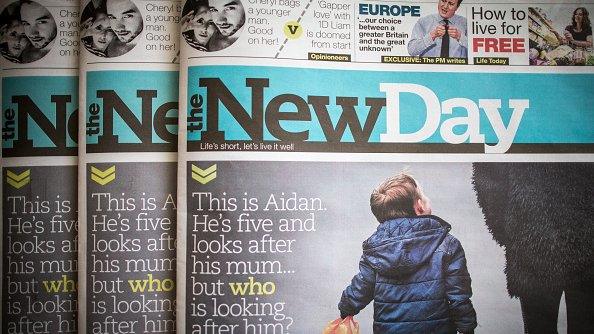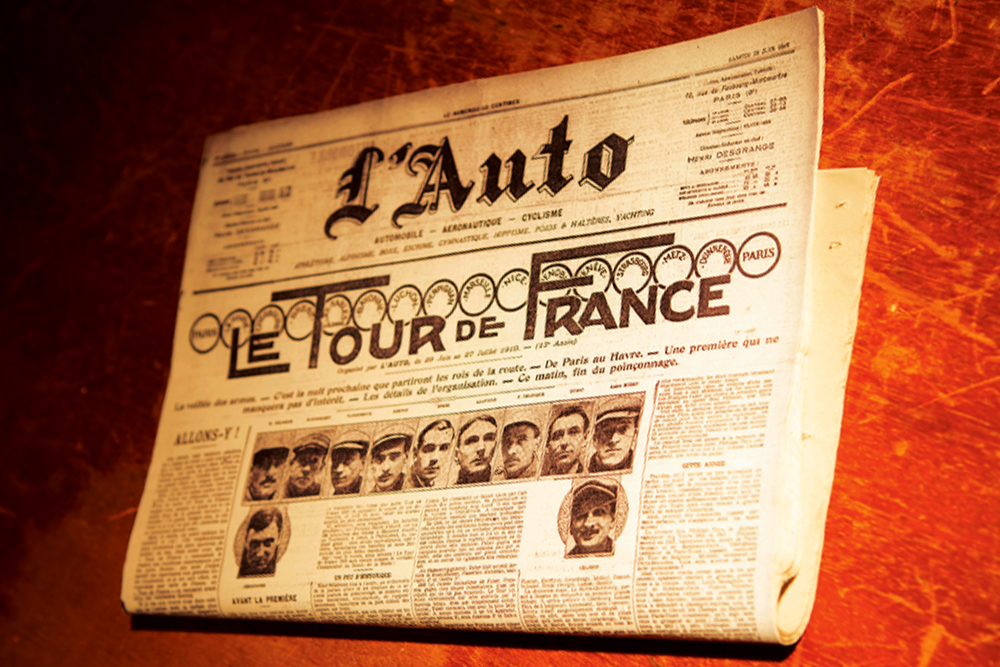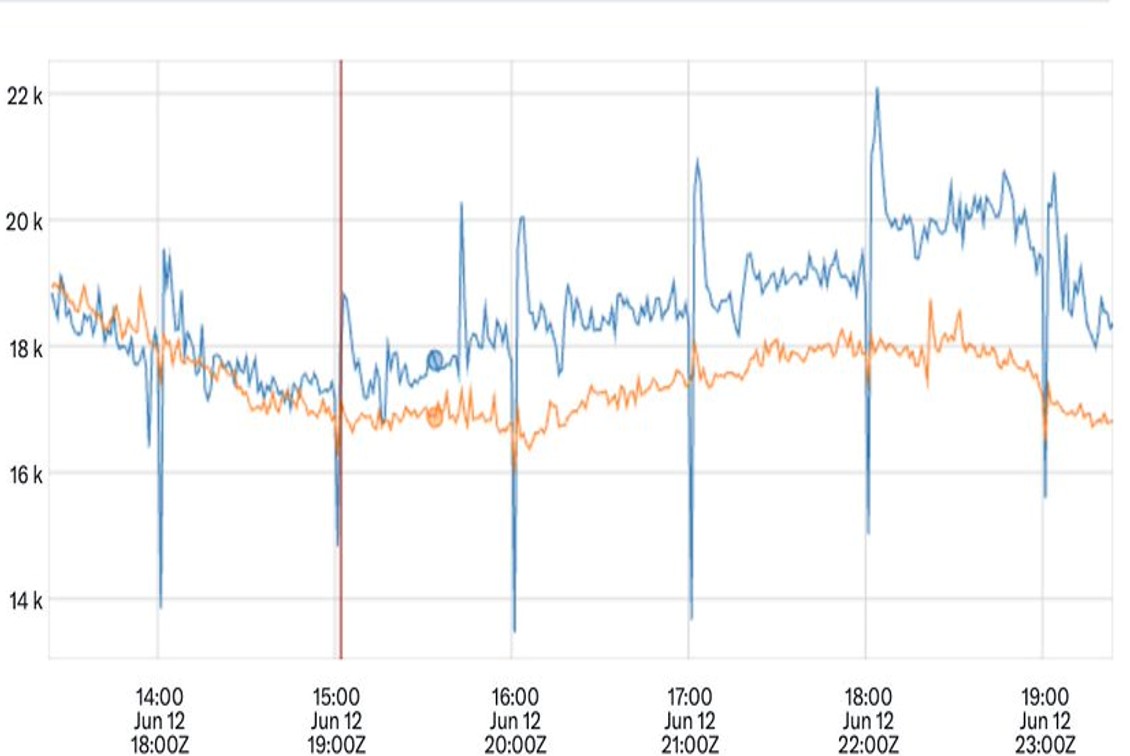After a dog walker found a mysterious crater on a beach near Dublin, the media quickly claimed it was a meteor strike from a cosmic event. That was until someone on Twitter revealed the truth: “Lads I’m in bits. Some fellas literally dug it the day before with a kid’s shovel.”
Media & News
Political disinformation is frequently blamed for election results, but its impact is highly concentrated. Researchers examined Twitter behaviour during the 2016 US election and concluded that “only 1% of individuals accounted for 80% of fake news source exposures… who were conservative leaning, older, and highly engaged with political news.” In fake news reached a tiny minority of users, most of whom probably had their minds made up before going on Twitter.
Sam Bankman Fried and Elizabeth Holmes are just two of the seemingly cursed winners of Forbes 30 under 30. To be clear, they are very much the exceptions – analysis has shown that only 1% of winners run into legal issues – but it’s still interesting that fraud runs rife among the cream of the crop.
Our desire to please others even extends to our voice. An analysis of interview tapes showed that news host Larry King would (subconsciously) alter his vocal range to match high status guests, like then-president George Bush and actress Elizabeth Taylor.
When Trinity Mirror media group asked consumers what they wanted in a new newspaper, they said content that was upbeat, optimistic and politically neutral. But when the group launched New Day – a newspaper that offered exactly that – readership was so low that the paper shut down within just 2 months.
1% of Reddit communities start 74% of all conflicts. In other words, most people are nice and friendly. It’s also a reminder that opinions on social media don’t reflect the general population.
Brands often claim that customers who like their social media pages tend to spend more. But a study from the Journal of Marketing Research shows this is just correlation. Joining a brand’s social network has no impact on consumer attitude or behaviour; it is simply a symptom of preexisting fondness for the brand.
Ad people are much more likely to use social media than the general public. It’s no wonder that so many marketers overestimate its effectiveness within the media mix.
Services like Netflix have started to include a cheaper, ad supported option to their offer – but interestingly, compared to the ad-free version, it’s not attracting people with less money.
It set out to destroy newspapers. “We will wait every local paper out and let them continuously bleed until we are the last ones standing,” said founder Alex Mather in 2017. Then, in 2022, it became one. The New York Times acquired it, promising unparalleled reach and greater user retention.
The newspaper recently released a new way of showing content popularity: the articles people are spending the most time with. A nice way of demonstrating quality, and an antidote to clickbait headlines.
In 1903, the French sports newspaper L’Auto needed a way to increase newspaper sales and beat off competition from Le Vélo. The chief cycling journalist created a six-day cycling race all around France, and invited the most famous road racers of the time to compete. The Tour de France increased L’Auto’s circulation more than sixfold, and is now watched by 1 billion people each year.
97% of tweets come from one quarter of all accounts.
After Twitter / X privatised the likes feature, there was a huge spike (roughly 10%) in their volume – suggesting lots of people have opinions they are happy to express in private but not public.
Across all types of video watching, some people watch a lot and a lot watch a little.


